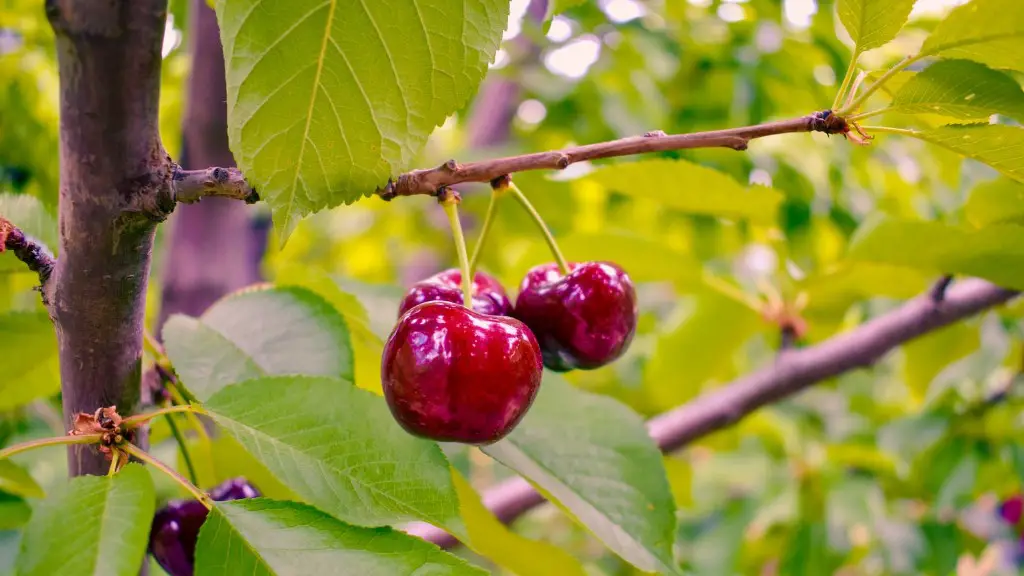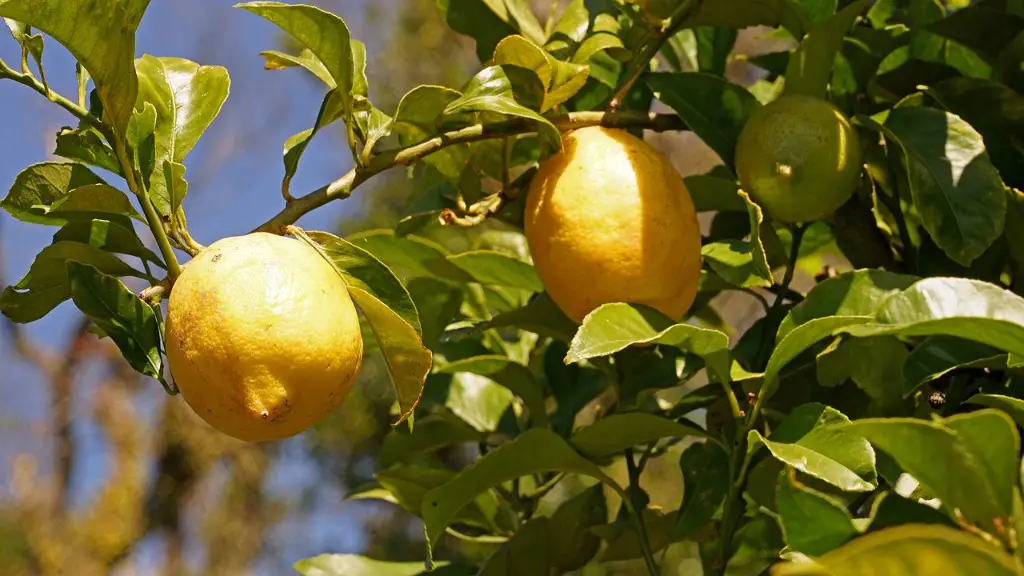Cherry blossom trees have long been associated with beauty, feminine grace and springtime in East Asian cultures. They are a deeply significant part of life, layered with cultural and spiritual symbolism that many people both in and outside of East Asia connect with emotionally. In Japan and China, cherry blossom trees are seen as a sign of renewal and new beginnings, while in Korea the symbol is one of resilience, harmony, and hope. It is no surprise that these blossoms have come to represent so many things.
As an iconic element of Japanese culture, the cherry blossom tree holds a special place in the hearts of many. It’s blooming is an annual reminder of the cycle of life. The beauty of these trees also captures the fragility and impermanence of life. Blossoms bloom for only a brief moment, yet during that window of time, their beauty is breathtaking. This brief moment serves as a symbol of joy and a reminder of the spiritual nature of life.
In China, the cherry blossoms are also a cherished symbol. They indicate the arrival of spring and of new beginnings. The tree’s beauty is seen as a metaphor for the power of life — like a single petal that can be blown away yet never faded, life is impermanent yet endlessly sustained. Cherry trees also represent a connection with nature. For many Chinese, the blossoms signify a deep and eternal bond to the land.
In Korea, the cherry blossom tree symbolizes resilience and strength. The courageous and determined petals represent an unbreakable spirit that carries through the darkest times. In times of suffering, the blossoms are a reminder that hope and joy will eventually emerge. As the trees blossom again and again, year after year, they remind people of the human resilience of people.
The cherry blossom tree is not just a symbol of beauty, but of hope and resilience. It stands for the bewitching power of nature, the fragility of life, the renewal of a new season, the joy of new beginnings, and the resilience to carry on in times of difficulty. Indeed, it is easy to understand why these trees represent so much.
Harmony and Unity
Cherry blossom trees are not only a symbol of beauty, but of harmony and unity as well. In East Asian cultures, the blooming of the trees provides a reminder of the value of coming together in good times, as well as in tough times. In Japan, people often come together to see the blossoms, to marvel in their beauty and share in a moment of unity. This is known as Hanami, or flower viewing, and was originally done by the wealthy who would invite their friends to join them to appreciate the blossoms.
In China, it is the same — people gather to admire the cherry blossom trees, to bring friends and family closer together, and to celebrate the transient beauty of the petals. Throughout both countries, the blossom tree has come to represent gatherings of joy and celebration. Indeed, it is easy to understand why these trees come to symbolize harmony and unity.
In Korea, the cherry blossom tree symbolizes strength and courage, but it also symbolizes the spirit of friendship and togetherness. Koreans are reminded that even in times of difficulty, the strength of togetherness cannot be broken. This sense of unity is seen in the resilience of the trees, which maintains their harmonious connection and unity despite tough times.
The cherry blossom tree is a symbol of unified beauty, harmony and togetherness. It stands for the celebration of new beginnings, the joy of shared moments, and the resilience when united in adversity. In this way, it is no wonder that these trees evoke such a strong sense of harmony and unity.
Transience and Renewal
The cherry blossom tree also symbolizes transience and renewal — the beauty and fragility of life, the uncertainty of the future, and the coming of a new season. In Japan and China, the tree’s blooming turns a frozen landscape into one of beauty and renewal. Everywhere the eye can see, the landscape is filled with vibrant petals, a reminder of the beauty and fragility of life.
Beyond the beauty of the cherry blossom trees, they also symbolize uncertainty and the unknown. The trees bring good tidings from an uncertain future, a reminder of the ungraspable nature of time, and of the fact that anything can happen. In this way, the tree’s fleeting beauty serves as a reminder of the impermanence of life — that although it is brief, the moments of beauty must be appreciated and enjoyed.
This sense of transience and renewal also has a spiritual meaning. In Japan, the cherry blossom tree symbolizes a moment of spiritual appreciation. The Chinese also see it as a representation of faith. In this way, the symbol of petals blooming and fading serves as a reminder of eternity and the belief in something greater.
The cherry blossom tree is a symbol of transience and renewal. It stands for a reminder of the beauty and fragility of life, of the uncertainty of the future, and of the spiritual appreciation of eternity and faith. These meanings are why these blossoms come to evoke such powerful feelings.
Stardom and Popularity
The cherry blossom tree is also a symbol of stardom and popularity. In Japan, the blossom tree has been a staple in pop culture for decades. It is not only featured in films, television programs and artwork, but it is also found in video games, paintings and comics. Indeed, the blossom tree is one of the most popular symbols in Japan, representing not only the beauty of the land, but also the stardom of the culture.
This holds true in China as well. Not only do the cherry blossoms appear throughout the country’s culture, they also can be found in literature and art. Popular movies and television shows often feature the trees, and many popular songs and poems make reference to the blooms. The tree’s beauty and symbolism have made it a hallmark of Chinese culture, embodying the spirit not only of the land but of the culture’s stardom.
The cherry blossom tree is also a popular symbol of stardom in Korea. In this country, the tree is often featured in movies, television shows and music. Various festivals, such as the Hanami festival and Yeouido Cherry Blossom Festival, highlight the tree’s beauty and celebrates its cultural significance. Indeed, it is not hard to understand why the tree is considered so iconic and popular in the country.
The cherry blossom tree is a symbol of stardom and popularity. It stands for the beauty and culture of East Asia, the spirit of the land, and the stardom of its people. From Japan to Korea and China, this symbol of stardom carries a deep sense of meaning.
Romance and Love
Cherry blossoms are also associated with love and romance, and are seen as a sign of new beginnings and revitalizing passions. In Japan, the blossom tree is often used as an object of courtship, a sign of new love and appreciation of beauty. Roses and chocolates might be better known symbols of love in the West, but in the East it’s the cherry blossom that captures the heart.
In China, the cherry blossom is seen as a metaphor for enduring love. It symbolizes passionate desire, a new and unstoppable longing, and a reminder of the joy of being in love. It stands for the beauty of passion and the romance between two people. This romantic symbolism can be found in many Chinese love stories and poems, a reminder of the tree’s place in the culture.
In Korea, the symbol is one of courage and hope. Here, the blossoms are a reminder of hope in the darkest of times, an assurance that even in the face of adversity, love will survive. The petals of the tree come to represent a passionate but resilient love, one that will remain strong even when faced with difficulty.
The cherry blossom tree is a symbol of romance and love. It stands for the beauty and power of passion, the joy and hope of a new beginning, and the resilience of love despite hardship. These qualities are why the tree’s beauty and symbolism can capture so many hearts.


